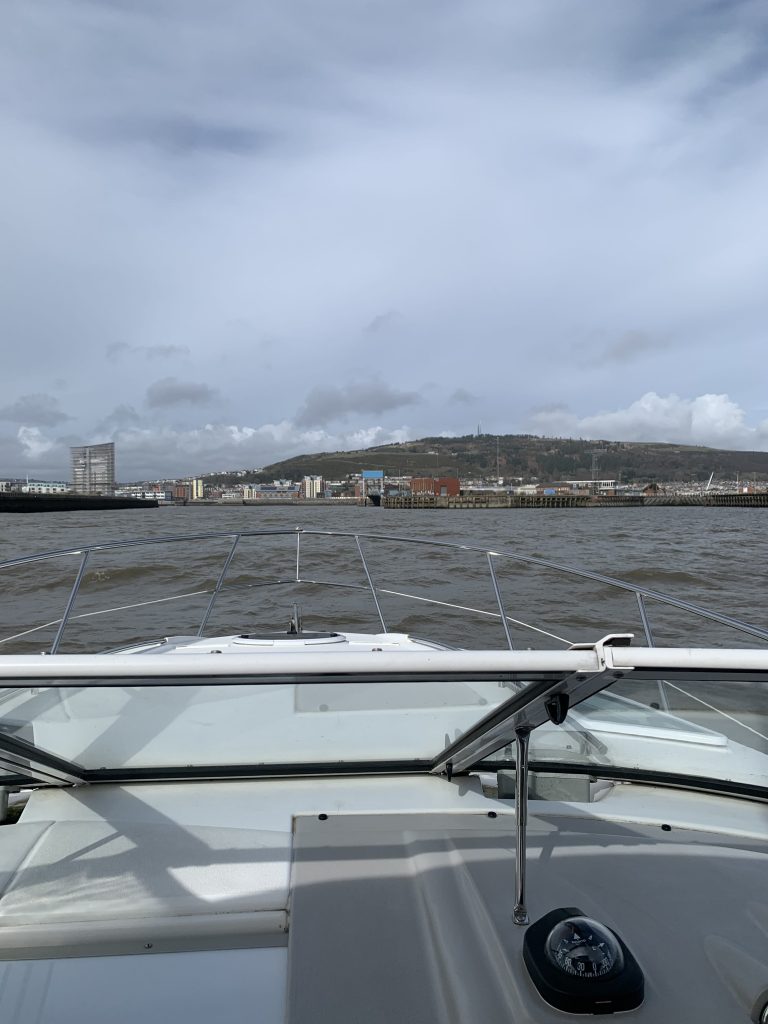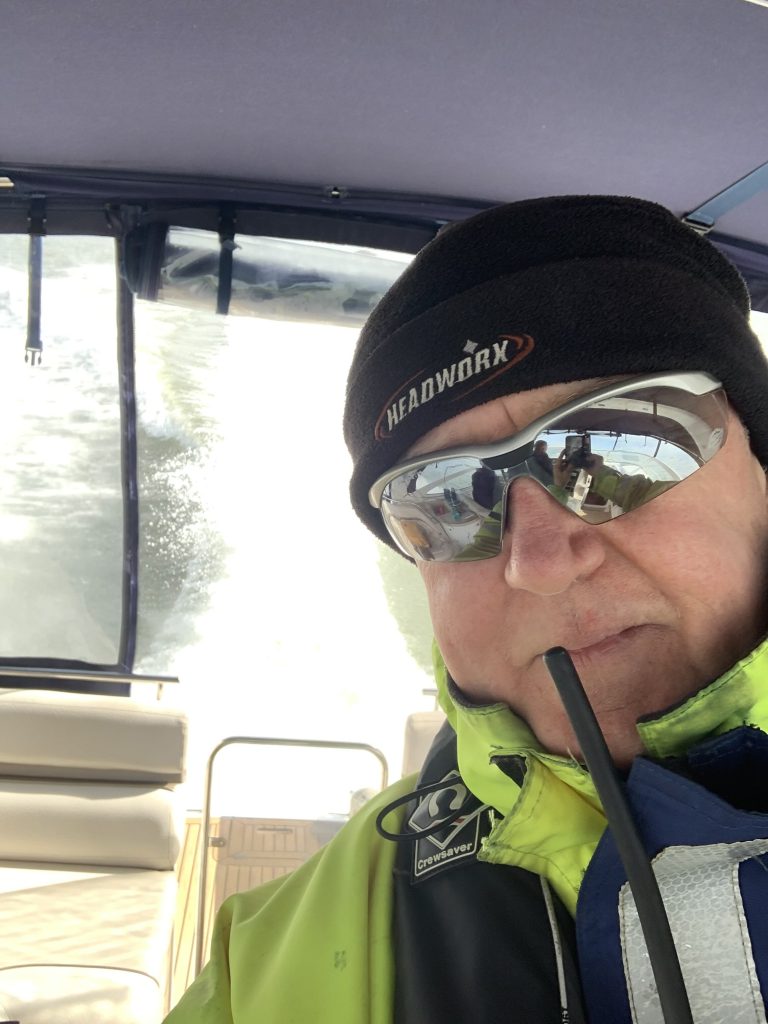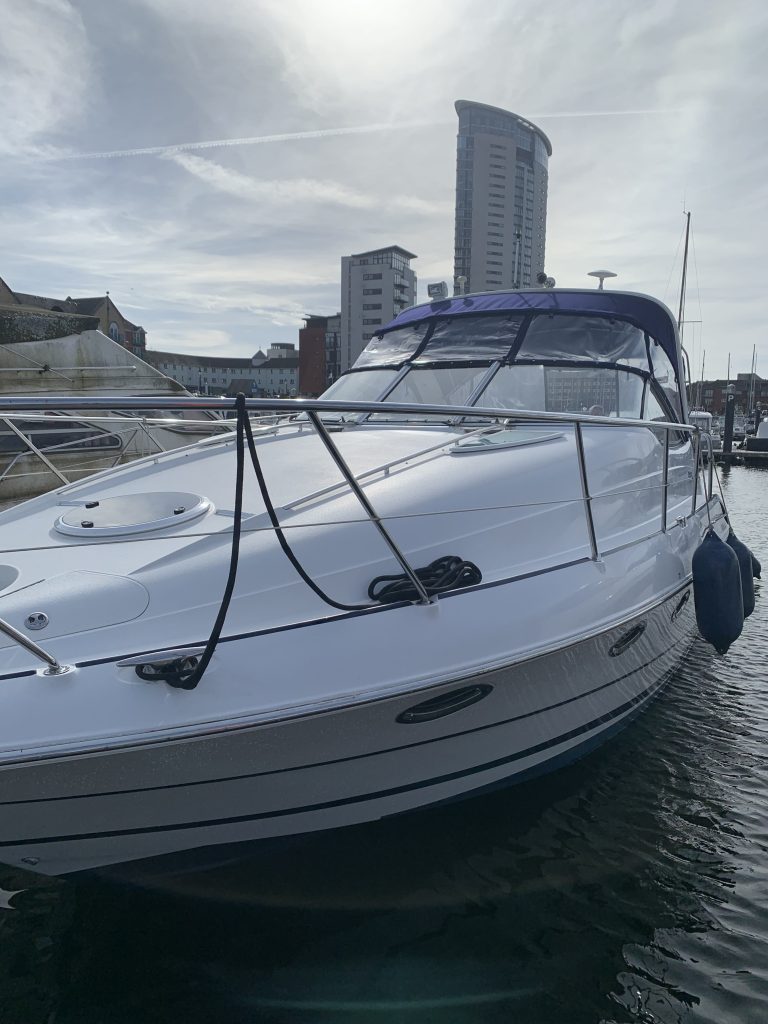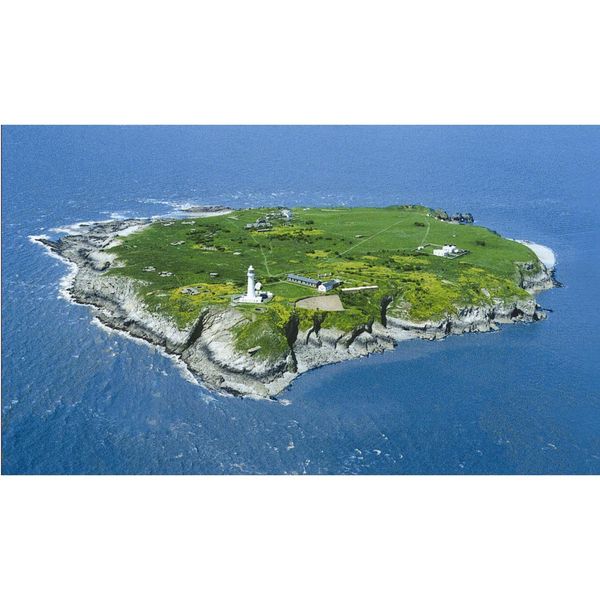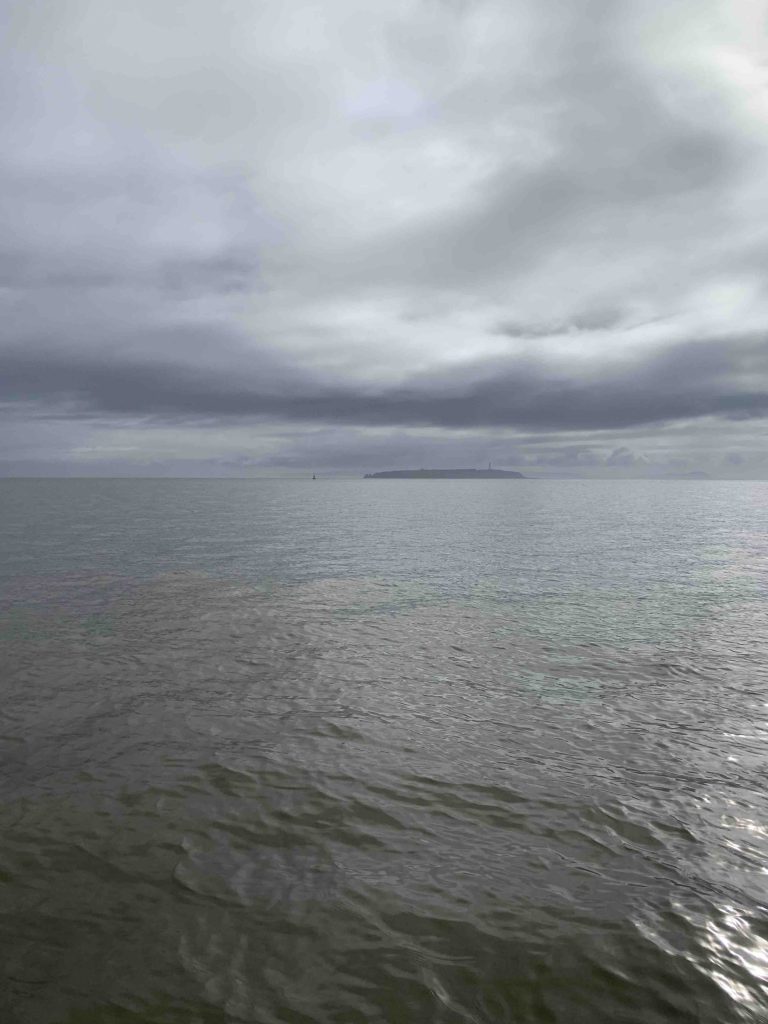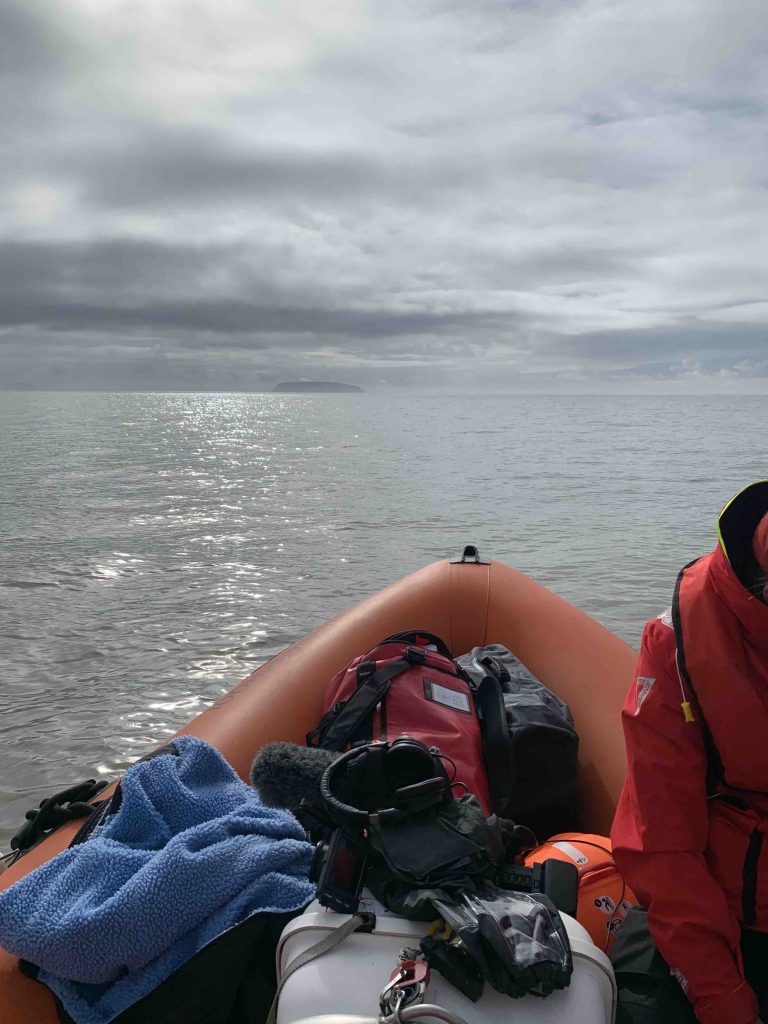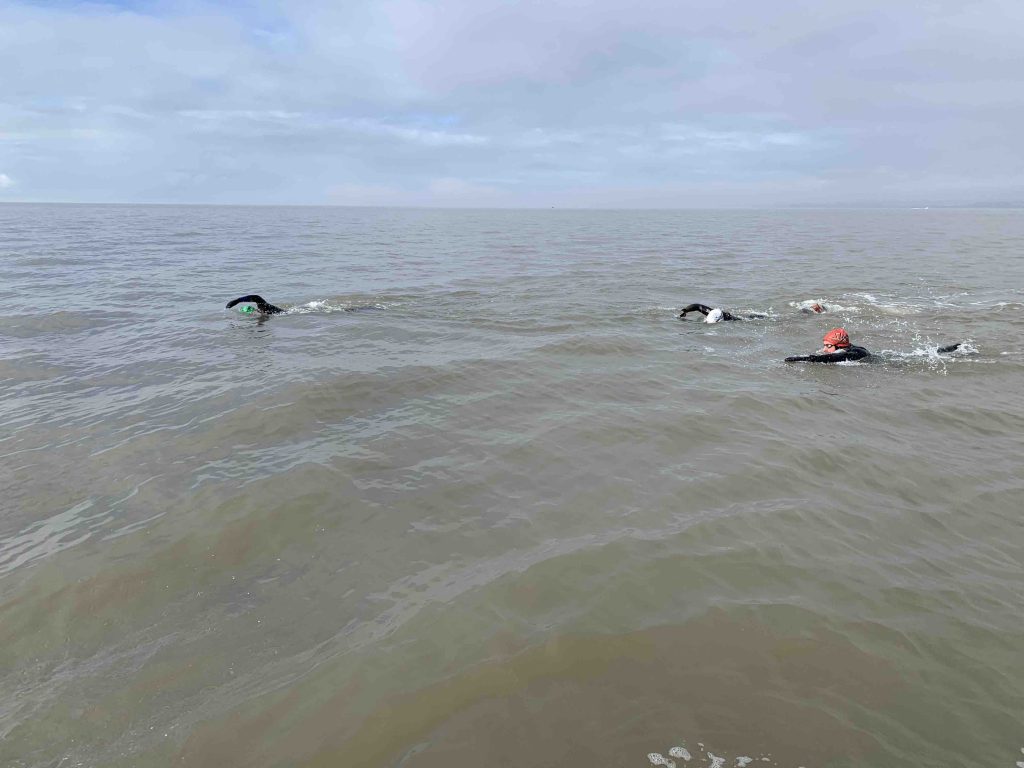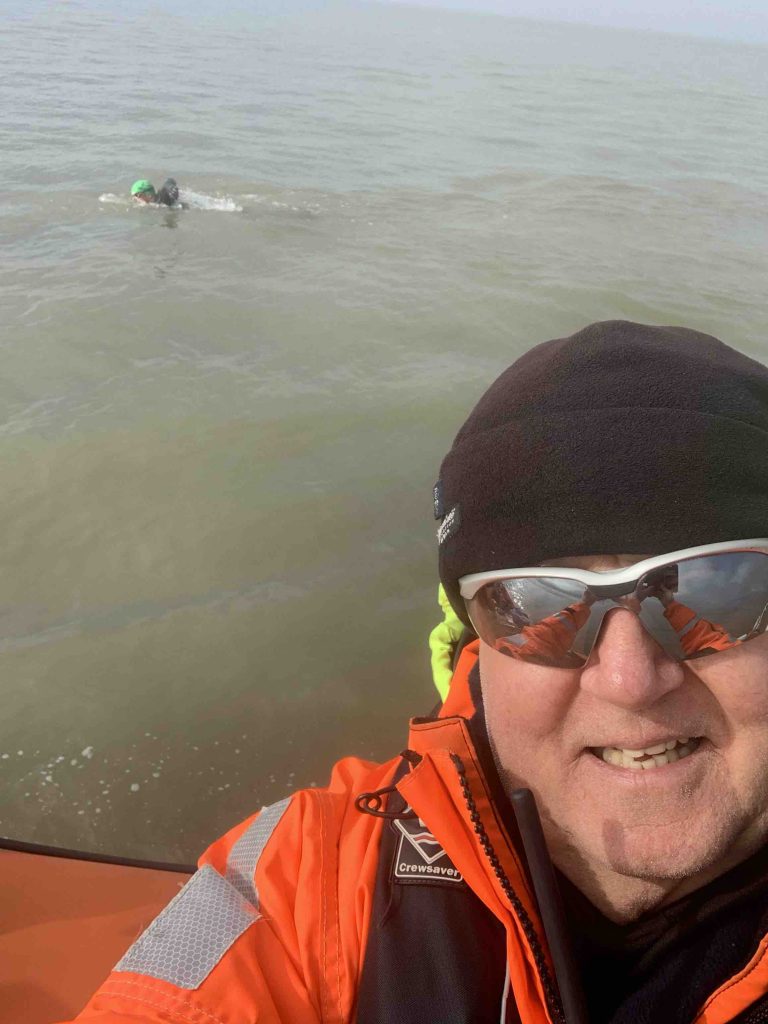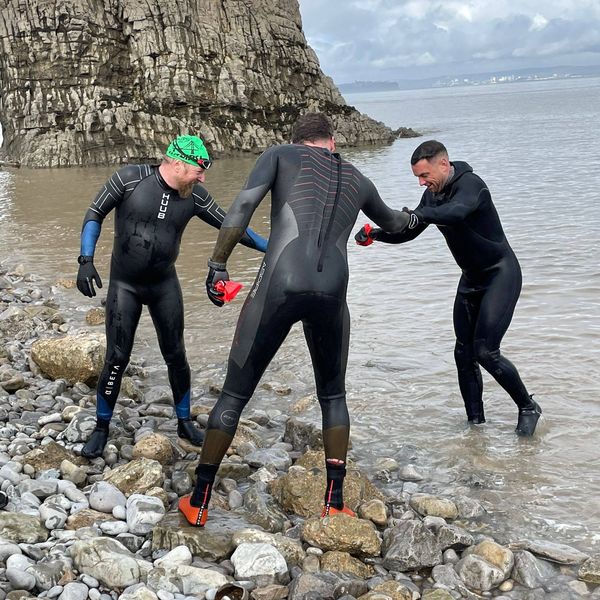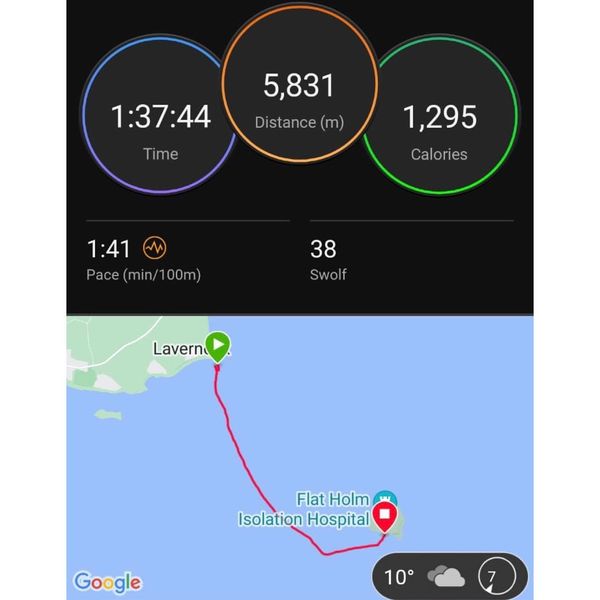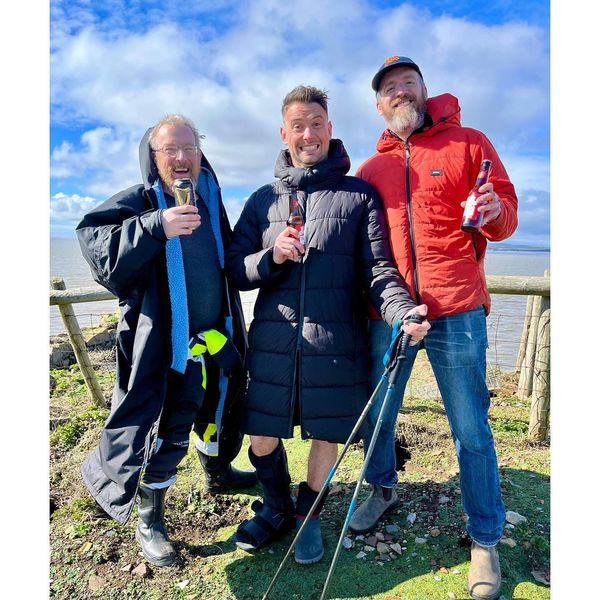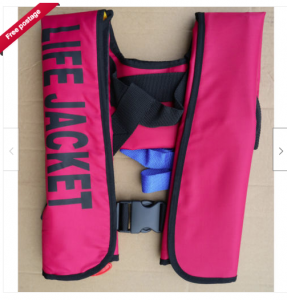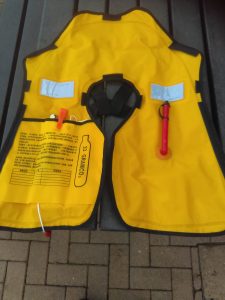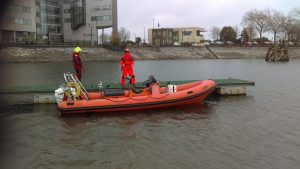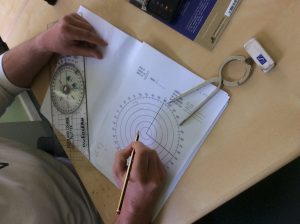On Monday 18th March 2024 I skippered a delivery of “Bolly”, a Doral 33SE motor vessel from Penarth Marina to Swansea Marina.
The weather in the preceding few days and week had been mixed with a lot of wind, which makes sea conditions unfavourable for passage making.
Before the weekend I noticed a lull in the wind and the forecast for Monday 18th was for Southerly or Southwesterly 3 to 5 becoming variable 3 or less for a time in the Bristol Channel, then increasing 6 at times later in the West. The tides were near perfect too, with a very small neap tide of 3.9m in Cardiff and 3.0 in Swansea. With High Water just after midday my passage plan was for a 1100 lockout and passage over the HW and arrive at Swansea by 1430.
I arrived on board for 0900 and carried out engine checks and other checks prior to sailing. We fuelled up and locked out of Penarth at 1045 and locked through the barrage at the 1100 lock. The wind seemed much stronger from the outset and I thought we were too hopeful for variable wind this time of year. Routine traffic to Milford Coastguard followed, where I informed them that I had submitted my passage plan to them the evening prior to sailing.
Leaving the Outer Wrach cardinal we made easy headway past South Cardiff and on to Barry, leaving Welsh Water Barry West port lateral mark to port at 1145 with slight seas on the bow. By 1200 we were at Breaksea Point and Aberthaw Cooling Tower making 18 knots with ease.
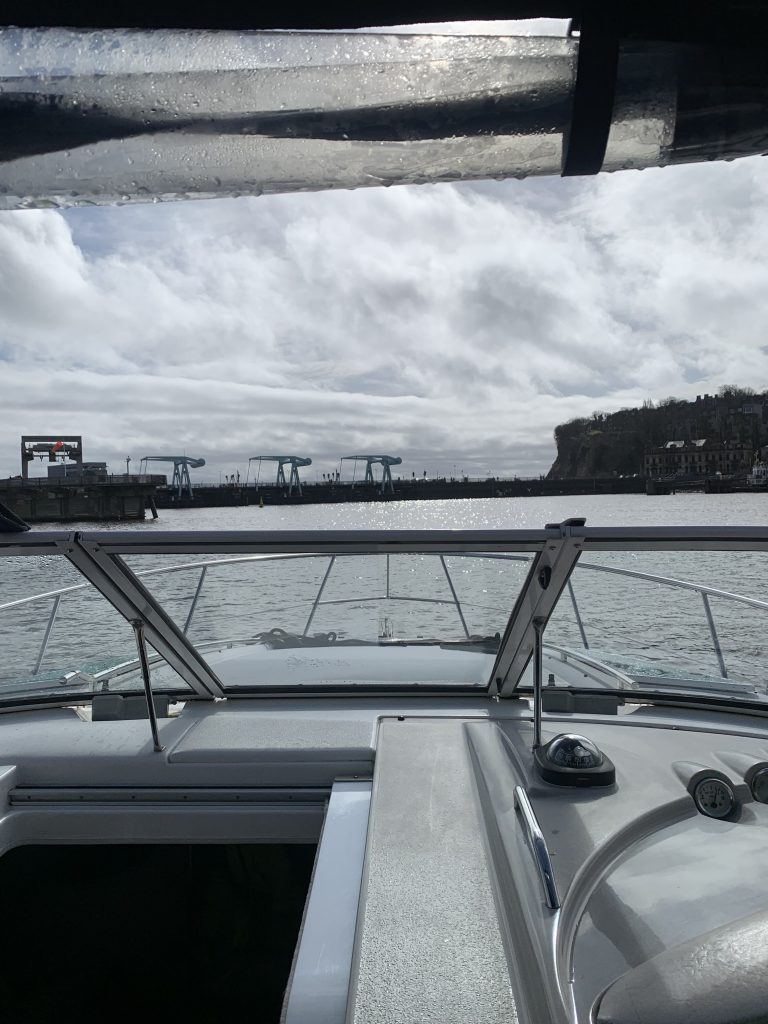
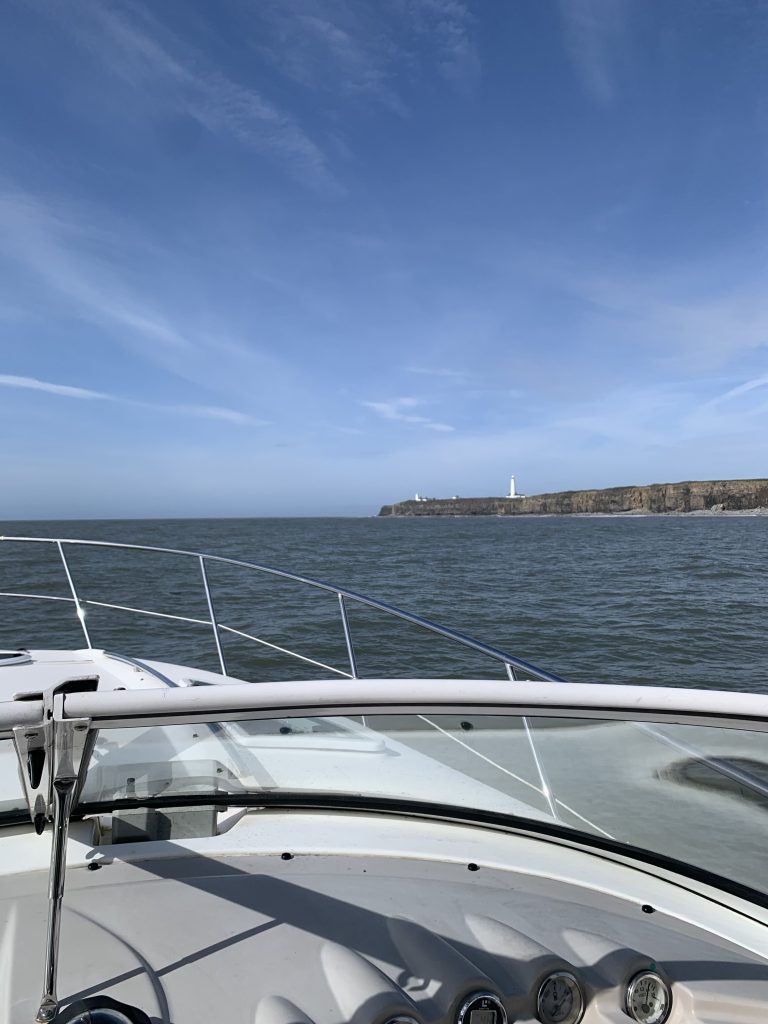
As we ran towards Nash Point the swell came in, measuring about a metre to 1.5m and we pulled back firstly to 16 knots then to 13 knots to avoid any slamming of the vessel. It made for a more comfortable ride as well.
Rounding Nash Point and leaving East Nash easterly cardinal to port we encountered overfalls and confused water which was to be expected. On a heading of 315ºM we made for a point about four cables north east of Tuskar Rock, and on our port we could see breaking waves which covered and uncovered the rock.
We sighted Fairy buoy westerly cardinal just off Porthcawl a few minutes before 1300 and gave a good clearing bearing beyond Hutchwns Point as the overfalls were quite extensive around that area. Staying well outside the 10m contour made for easier navigating.
Kenfig easterly cardinal on our port signified a change of heading of 307ºM and clearing the Kenfig Patches with plenty of searoom. We made for Grounds easterly cardinal and then on to Swansea Outer Fairway starboard lateral by 1330.
We altered course for the River Tawe dropping our speed to 15 knots then 10 knots on the approach. By now the wind had increased to a solid 5 and we locked in knowing that it would be a 6 within the hour.
The Tawe lock in went without incident so too the lock through to Swansea Marina where I berthed the vessel for the client.
The client thoroughly enjoyed the experience of a longer passage and had learned a great deal from the experience.
The passage totalled 38.6 Nm and took 4 hours from berth to berth with a passage duration from Cardiff Barrage to Tawe lock of 2.5 hours as per my passage plan.
All in all a very enjoyable passage on a capable and seaworthy vessel.
